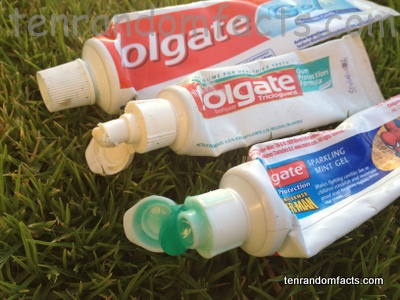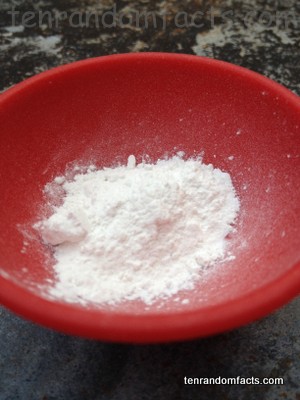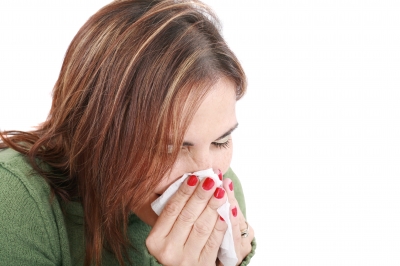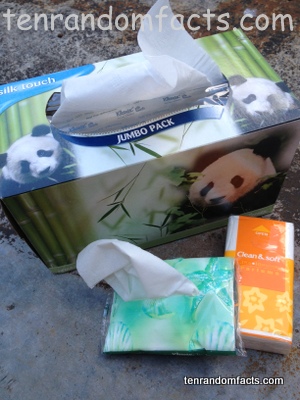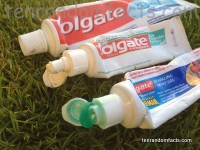
These toothpaste facts are very hygienic.
- Toothpaste is a paste solution or powder used primarily to clean one’s teeth and gums.
- Toothpaste contains plaque and food removing chemicals; helps stop most mouth diseases; and helps to freshen one’s breath.
- Toothpaste typically cleans with a toothbrush aid, which spreads and rubs the paste.
- Toothpaste has a water content of 2o% to 42%, and generally contains fluoride that aids in preventing tooth decay; abrasives that help to remove plaque; and surfactants or detergents that help to clean the teeth.
- Toothpaste is commonly flavoured, often with peppermint, wintergreen or spearmint oil, although unflavoured versions are available, and toothpaste for sensitive teeth is also manufactured.
- Ancient Egyptians are said to have used powdered toothpaste as early as 5000 BC, and Ancient Romans and Greeks enhanced this formula with the addition of abrasives.
- The fluoride content in toothpaste can be poisonous if consumed in large amounts.
- A combination of a variety of ingredients have been used throughout the centuries to clean teeth, including a resin called ‘dragon’s blood’, burnt eggshells, hooves of an ox, pumice, oyster shells, earthenware, burnt snail shells, cuttlefish, brick, charcoal, chalk, burnt bread and honey.
- Modern style toothpaste is based on powders and pastes that were developed in the 1800s and early 1900s, that included the addition of fluoride, baking soda, soap and hydrogen peroxide.
- It is recommended that toothpaste and a toothbrush are used to clean teeth at least twice a day for maximum effect.
Bibliography:
The History of Teeth Cleaning, 2011, h2g2, http://h2g2.com/edited_entry/A2818686
Toothpaste, 2014, Wikipedia, http://en.wikipedia.org/wiki/Toothpaste




